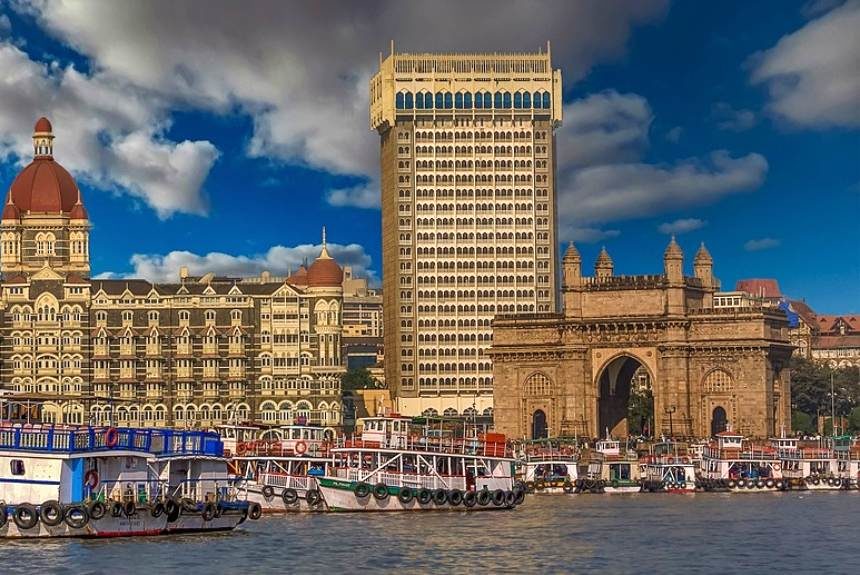India is the third-largest carbon dioxide emitter in the world, after China and the US. It is also highly vulnerable to the impacts of climate change (Timperly, 2019).
Coal is the primary source that fuels its electricity production. As India’s population and economy grow, so does its electricity demand and, thus, fossil fuel consumption. However, Indians are aware of the threats of climate change, according to two surveys done in 2015 and 2017. This awareness is perhaps why renewable energy, particularly solar, is gaining popularity in India as an alternate or supplemental source of energy demands (Timperly, 2019).
If given a chance, Indians can prevent and adapt to the consequences of climate change. The Earth Care Awards recognised climate actions from various sectors, which the Centre for Environment Education compiled as case studies.
The case studies in the report are composed of three climate adaptation and mitigation initiatives –
- (i) Community-led climate adaptation includes using salt-tolerant rice in areas with high salinity, protecting coastal areas with mangroves, and capturing carbon and solar energy.
- (ii) GHG Mitigation in the Industry. This section includes a cement manufacturing company and an IT company that sought to reduce their energy consumption and emissions.
- Lastly, an (iii) innovative rainwater harvesting system can supplement the much-needed water resource by capturing and storing surface runoffs back into their borewells.
India’s cement industry is one of the most energy-intensive in the world. A cement factory in Kymore, Madhya Pradesh, is recognised for its efforts to reduce coal use and emissions. The factory uses biomass as an alternative fuel to heat the kiln and produce cement.
The factory improved its energy efficiency by replacing and updating equipment, significantly reducing its energy consumption.
These climate adaptation case studies demonstrate India’s efforts to cope with climate change. The case studies presented here are encouraging and show that vulnerable communities and high-emitting industries can take climate action to reduce the impacts of climate change and cut back on their emissions.
To read the case study report, click on the link below:
Source:
Timperly, J. (2019, March 14). The Carbon Brief Profile: India. Carbon Brief. Retrieved from https://www.carbonbrief.org/the-carbon-brief-profile-india
Coping with Climate Change Case Studies and Experiences. (2014) Centre for Environment Education. Pdf. Retrieved from https://www.academia.edu/7198810/Coping_with_Climate_Change_-_Case_studies_on_Climate_Change_Mitigation_and_Adaptation



Leave a Reply